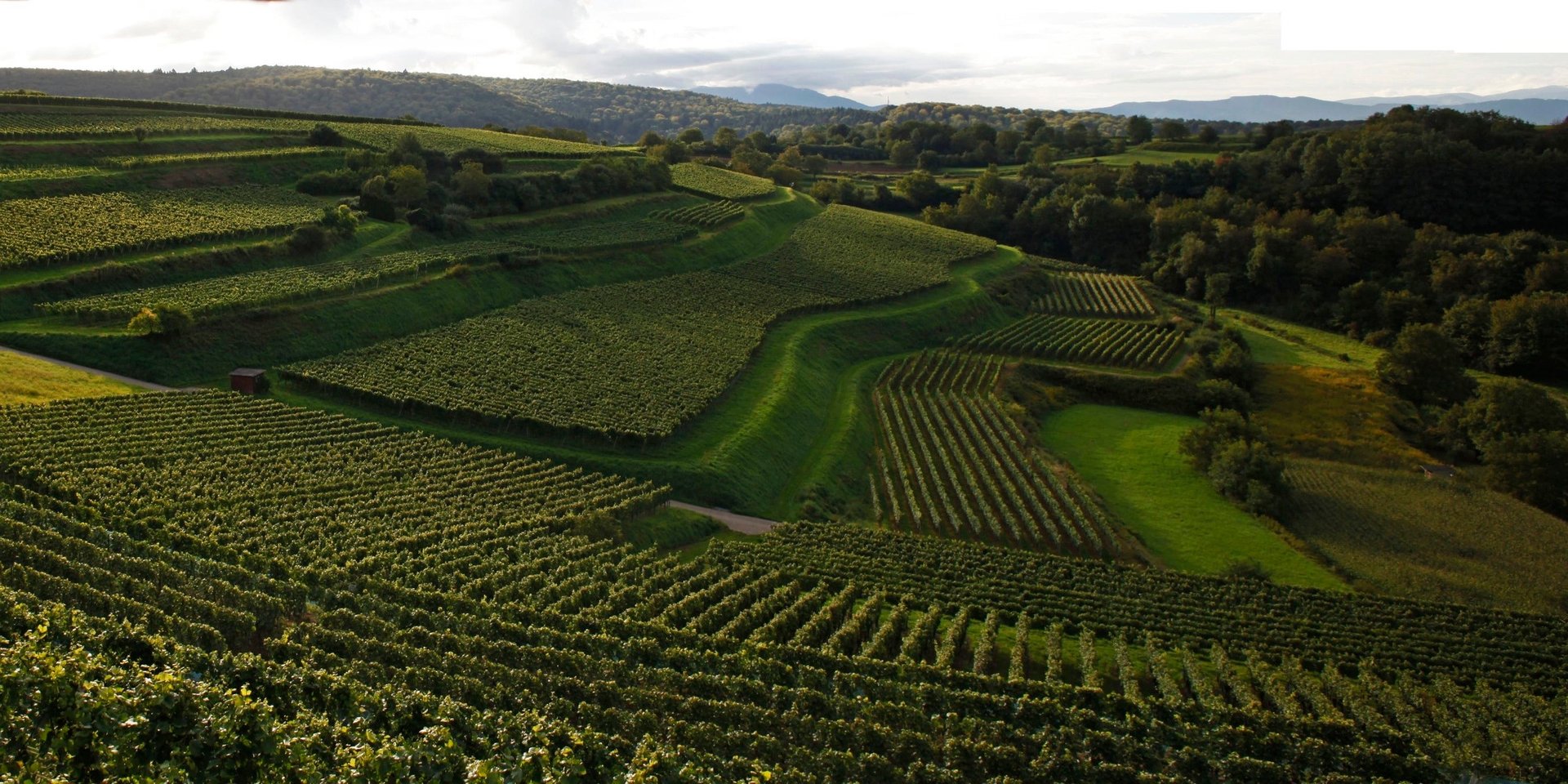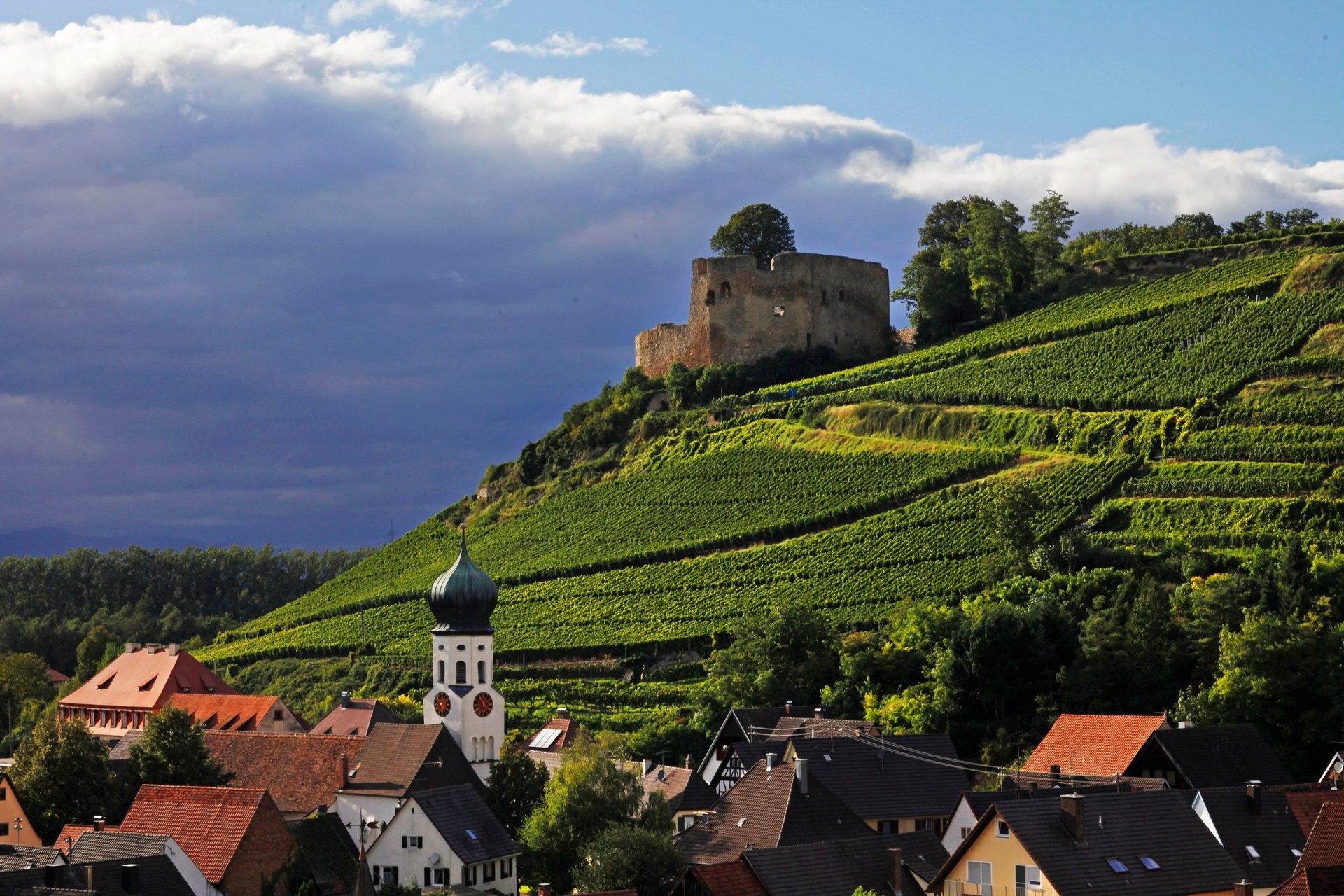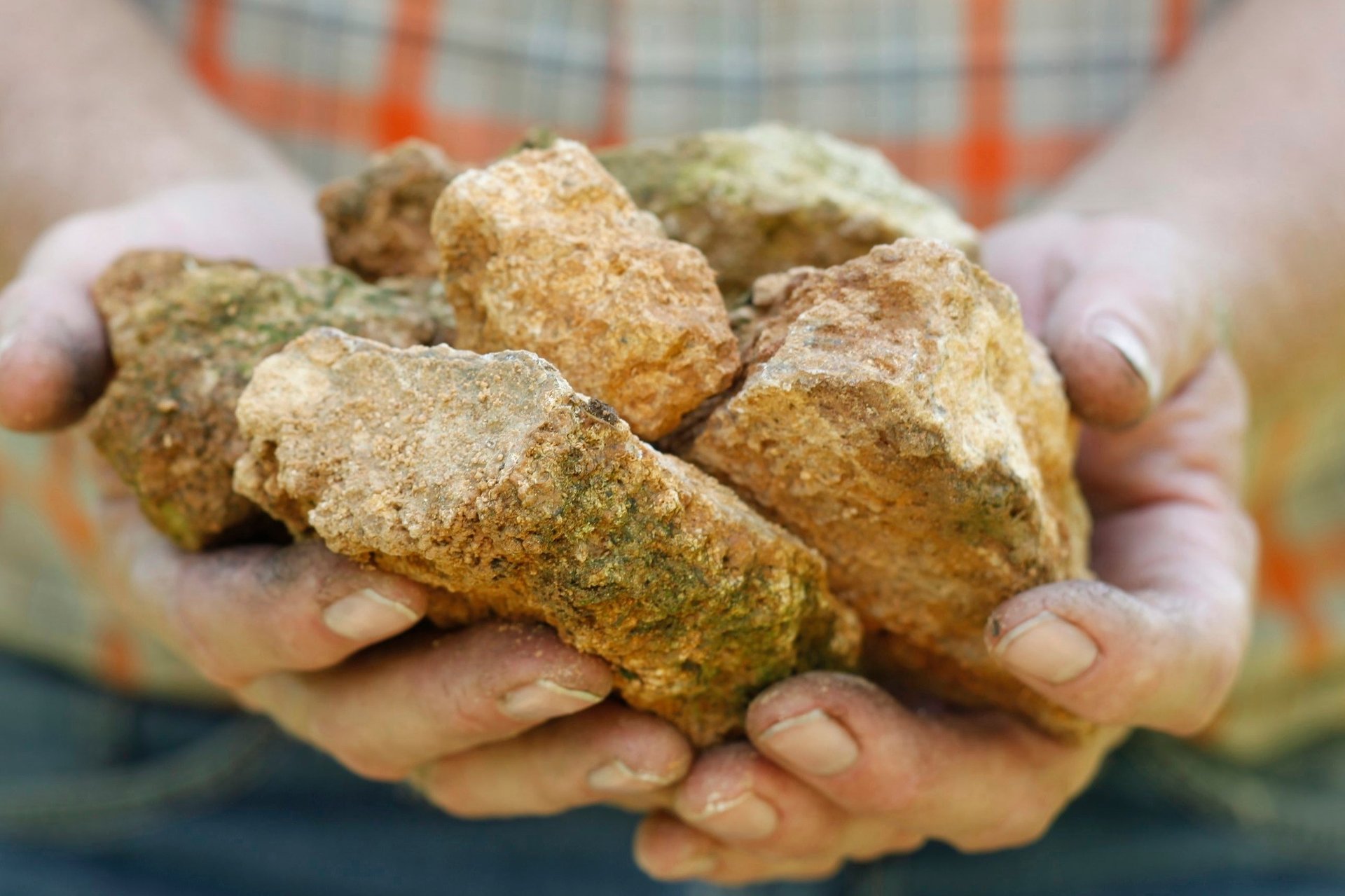German winemaker reaps a 700-year-old monastic legacy
This article is part of a series on the 2012 wine harvest and how certain vineyards have been coping with the effects of global climate change on the notoriously temperamental wine grape. Quartz also wrote about vineyards in Burgundy, France; Emilia-Romagna, Italy; and Sopron, Hungary, with more to follow.


This article is part of a series on the 2012 wine harvest and how certain vineyards have been coping with the effects of global climate change on the notoriously temperamental wine grape. Quartz also wrote about vineyards in Burgundy, France; Emilia-Romagna, Italy; and Sopron, Hungary, with more to follow.
Name of estate: Weingut Huber
Location: Baden-Württemberg, Germany
Size of estate: 26 hectares
Owned by: Bernhard Huber
Family owned since: the 1600s
Grape varieties: mostly Pinot Noir (in Germany, known as Spätburgunder)
Soil composition: ”Muschelkalk Fels”–limestone made of fossilized shellfish (pictured)
Flagship wine: Wildenstein (red): steely, mineral. Retail: €120 ($155.75)
This year’s harvest date: September 20-25
Last year’s harvest date: September 15
Bottles produced annually, average: 160,000
Bottles produced this year: 15-20% less due to hail damage
Average annual revenue: chose not to disclose
This year’s weather: Huber says his lands have been producing Pinot Noir since the monks first planted it in 1285. The vines are invincible. But the grapes never are. A single hailstorm in July, Bernard Huber told Quartz, destroyed 20% of the grapes. He describes the year as “anstrengend” (strenuous). “It was always wet,” he said, which led to vine diseases like Mycocentrospora and Peronospora mildew. “You have to attend to it very diligently,” he said.
The only positive note, says Huber, is that the weather was cool during the flowering season, making the grapes grow smaller – a desirable trait for Spätburgunder, as the small size means the wine is juicier and more concentrated.

“My grandfather always said if the weather was bad on June 20, the weather for the rest of the season would be bad,” said Huber. (French vintners have a similar rule of thumb, except that in their case the fateful date is June 15—ed.) “However, this year we had good weather on June 20 and the weather was subsequently bad. But that’s how it is, living with Nature.”
Huber has noticed changes in the harvest cycle owing to rising annual temperatures. “For the last 10 years, we have been harvesting a week earlier than we were 30 years ago. In those days, we wanted heat. Now, we want cooler weather because it makes for a more elegant wine.”

Yet he is not worried for the future. “You have to adjust. You have to change your methods.” In his vineyards, he has exercised an ingenious method of leaf quantity control. He explains the leaf dilemma: “There are the leaves that surround and cover just the grapes, and there are the total overall leaves on the vine. These are two different pairs of shoes.” On the one hand, leaves are necessary to shield the grapes from the elements. On the other hand, if the weather is unseasonably hot, this encourages the growth of too many leaves, which in turn increases the photosynthetic activity, which means the harvest may come too early. So Weingut Huber has tackled this problem by snipping the external leaves but keeping intact the ones surrounding the grapes. “That way, even if it’s warm, the sugar maturation is slower,” said Huber.
Above all, Huber has faith in the grape itself. “Pinot noir is a very faithful wine grape,” he said. Since the variety has been on his lands for 700 years, he must be right.